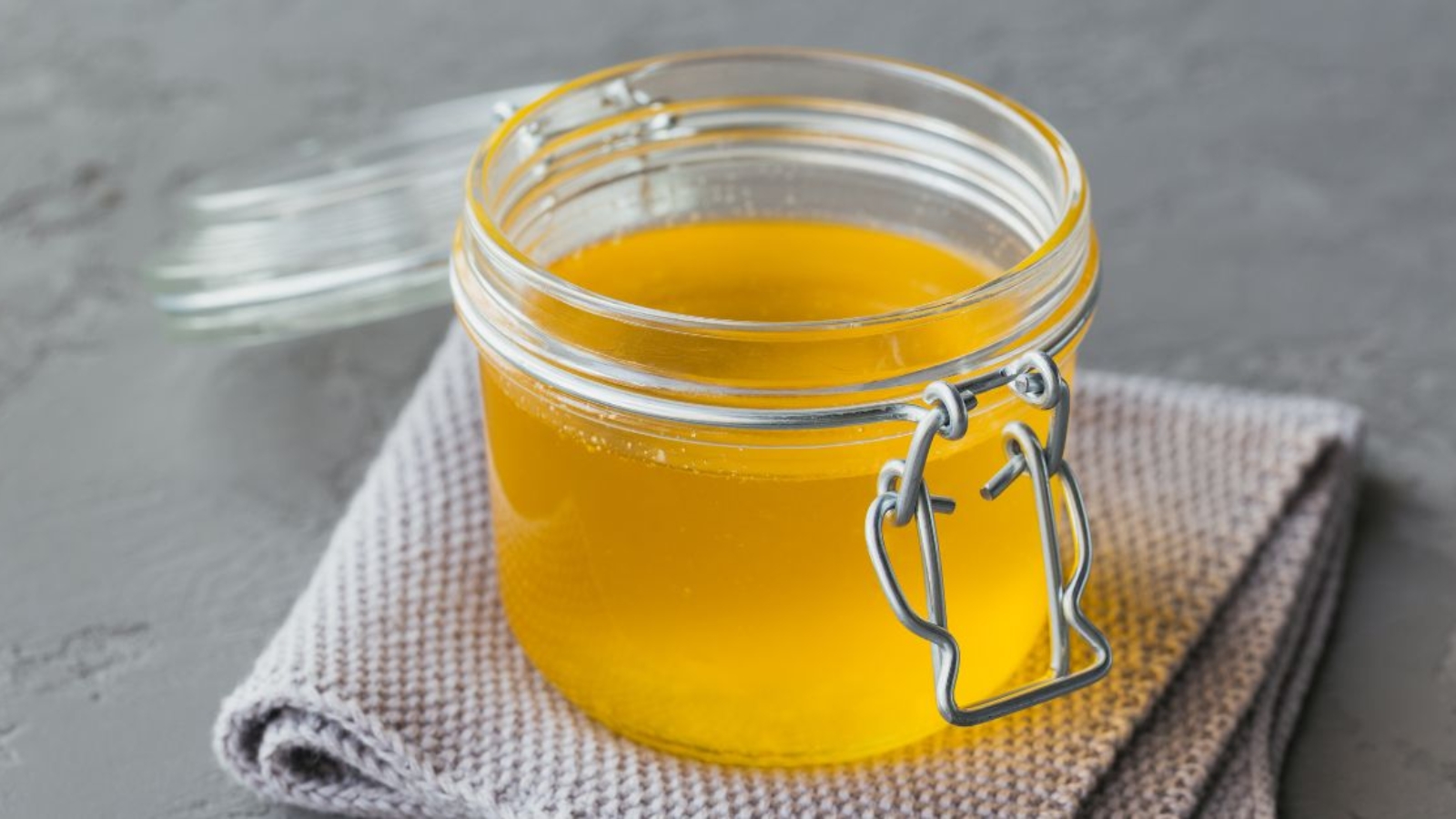Cow vs Buffalo Ghee: Which One’s for You?
Introduction to Ghee
What is Ghee?
Ghee is a form of clarified butter that has been a staple in Indian kitchens and rituals for centuries. It’s made by simmering butter to remove water content and milk solids, resulting in a pure golden fat.
A Brief History of Ghee in Indian Culture
In Ayurveda, ghee is considered a “sattvic” food — calming, nourishing, and healing. It’s not just a cooking medium; it’s used in religious rituals, massages, and even medicines. Whether made from cow’s milk or buffalo’s, ghee is treasured across India.
Understanding Cow Ghee
How Cow Ghee is Made
Cow ghee is traditionally made using the Bilona method, where curd made from cow milk is churned to extract butter, which is then heated to produce ghee.
Nutritional Profile of Cow Ghee
-
Lower in fat compared to buffalo ghee
-
Rich in vitamins A, D, E, and K
-
Contains butyric acid, known for gut health
-
Lactose-free and casein-free
Taste, Texture, and Aroma
Cow ghee has a golden yellow hue, a light texture, and a sweet, mildly nutty aroma. It melts quickly and is easy on the stomach.
Understanding Buffalo Ghee
How Buffalo Ghee is Made
Buffalo ghee follows a similar method but starts with milk from buffaloes, which is richer and creamier.
Nutritional Profile of Buffalo Ghee
-
Higher fat content (almost 100% milk fat)
-
More calories per serving
-
Slightly denser in texture
-
Stronger flavor
Taste, Texture, and Aroma
Buffalo ghee has a whitish or off-white color, is heavier in texture, and has a more robust and intense taste compared to cow ghee.
Key Differences Between Cow and Buffalo Ghee
Fat Content
Buffalo ghee has more fat, making it more calorie-dense. Cow ghee is comparatively lighter.
Color and Consistency
-
Cow ghee: Golden yellow, liquid at room temp
-
Buffalo ghee: White or cream-colored, solid at room temp
Digestibility
Cow ghee is easier to digest, making it suitable for all ages — from infants to the elderly. Buffalo ghee takes longer to digest due to its higher fat content.
Shelf Life
Buffalo ghee lasts longer than cow ghee due to its higher fat stability.
Price Point
Cow ghee is generally more expensive, especially if it’s A2 or organic, but buffalo ghee gives you more quantity for the price.
Health Benefits Comparison
Cow Ghee for Daily Wellness
-
Supports brain function
-
Boosts digestion
-
Good for skin and hair
-
Balances cholesterol when consumed in moderation
Buffalo Ghee for Strength and Stamina
-
Ideal for bodybuilders or people with high-calorie needs
-
Helps in weight gain
-
Provides strength and energy
Ayurvedic Perspective
Ayurveda favors cow ghee for internal consumption and buffalo ghee for external applications like massages. Cow ghee is seen as sattvic, while buffalo ghee is tamasic, meaning it induces sleep and is heavier in nature.
Which Ghee is Better For…
Weight Loss?
Cow ghee wins here — it boosts metabolism and is easier to digest.
Children and Elderly?
Again, cow ghee is preferable due to its lightness and nutrient profile.
Cooking High-Heat Recipes?
Buffalo ghee has a higher smoke point, making it better for frying or long cooking.
Medicinal and Ayurvedic Use?
Cow ghee is preferred in Ayurveda for Panchakarma, Nasya, and other detox therapies.
Taste Test: Cow vs Buffalo Ghee
Cow ghee tastes sweeter and lighter — perfect for dal tadka, khichdi, and halwa. Buffalo ghee is strong and rich — great for parathas and deep-fried snacks. Your palate might just prefer one over the other depending on what you’re cooking.
Use Cases in Cooking and Lifestyle
Regional Preferences in India
-
North India leans toward buffalo ghee for its richness
-
South and West India use more cow ghee, especially in rituals and Ayurveda
Best Uses in Daily Cooking
-
Cow ghee: sautéing, seasoning, medicinal use
-
Buffalo ghee: frying, baking, and heavy dishes
Religious and Ritualistic Uses
Only cow ghee is used in havan, pujas, and aarti due to its sattvic nature. Buffalo ghee is not used in spiritual rituals.
Choosing the Right Ghee for Your Needs
Ask yourself:
-
Do you need something light and easy to digest? → Go for cow ghee.
-
Looking to bulk up or use for frying? → Try buffalo ghee.
-
Want ghee for Ayurveda or rituals? → Stick with cow ghee.
Remember, both are good — it all depends on your purpose and preferences.
Conclusion
So, cow ghee vs buffalo ghee — there’s no one-size-fits-all answer. It depends on your body, your goals, and your taste. Cow ghee is light, sattvic, and ideal for wellness. Buffalo ghee is rich, energy-packed, and great for those with intense dietary needs. Try both and decide what suits your lifestyle best.
FAQs
1. Is buffalo ghee better than cow ghee?
Not necessarily. Buffalo ghee has more fat and calories, but cow ghee is easier to digest and more suitable for daily use.
2. Can we mix cow and buffalo ghee?
Yes, but it’s not commonly done. Ayurveda prefers using one type at a time based on your health goal.
3. Which ghee is good for babies?
Cow ghee is best for babies due to its light texture and nutritional benefits.
4. Why is cow ghee used in pujas?
Cow ghee is considered pure and sattvic, ideal for spiritual and ritual purposes.



Add a Comment